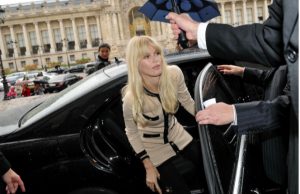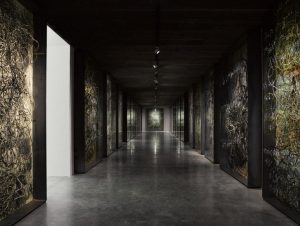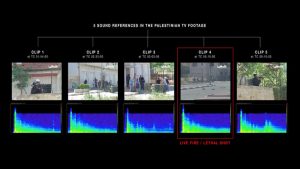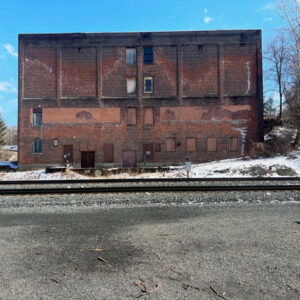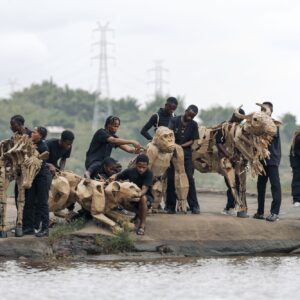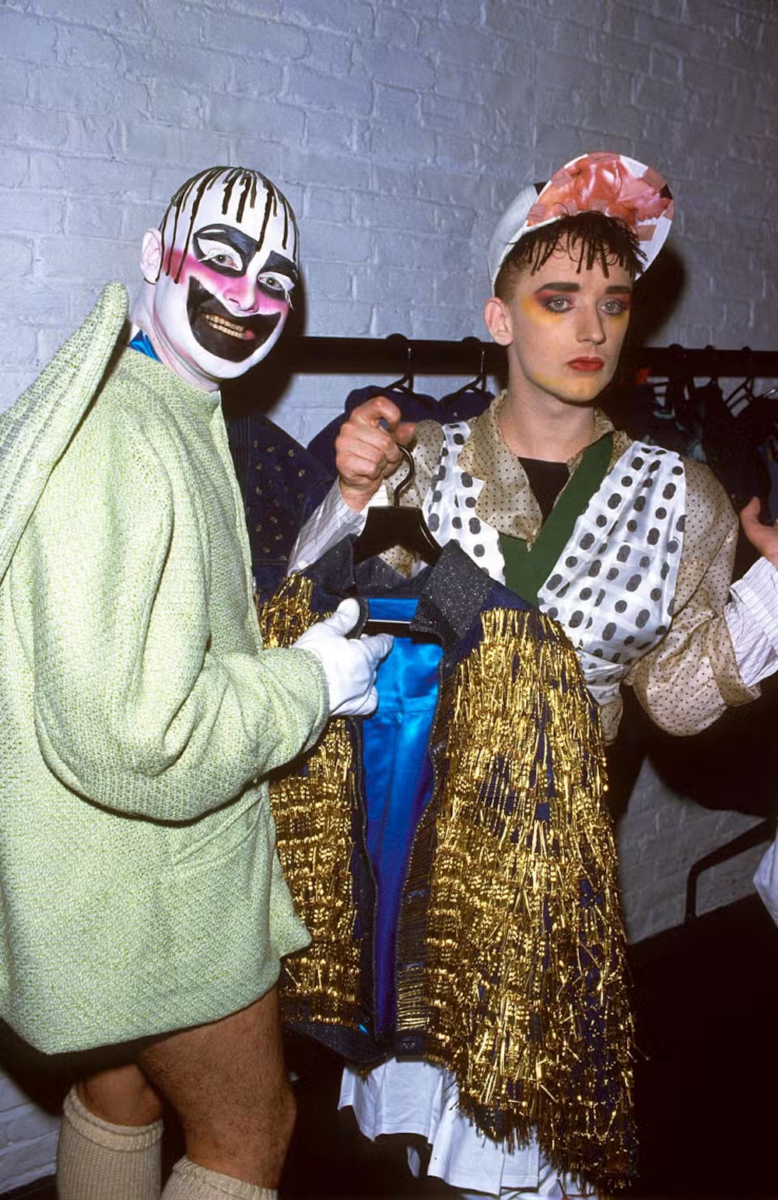
Outlaws: Fashion Renegades of 80s London focuses on the year the legendary nightclub Taboo was opened by designer and performance artist Leigh Bowery, 1985.
A tiny club in the corner of Leicester Square that lasted barely a year, Taboo provoked an extraordinary explosion of fashion designers, artists, writers, performers and filmmakers. Displaying original garments and accessories from Leigh and over thirty designers, including custom-made pieces from private collections, photography, film and artworks, the exhibition focuses on this outrageous, alternative arena where the anarchic energy of the night spilt over into the experimental creativity of the day. The downstairs galleries take us to 1980s London with its squat life, markets and the dance floor at Taboo, whilst the upstairs galleries focus on the style media, boutique owners and popstars, who were instrumental in giving the designers an international platform.
This is the first exhibition to explore the range of designers and creatives associated with Taboo, many of whom have been forgotten or died tragically young. Although Taboo was short-lived, the exhibition will bring to light a creative community of people who together influenced and changed the landscape of British popular culture in the mid-1980s. With items on display ranging from a graphic jacket worn by Boy George and designed by Dean Bright to a carpet coat by Mark and Syrie, a yellow shower curtain cape worn by Nicola Bowery and a gold suit designed by Stephen Linard, the exhibition showcases radical designs by fearlessly alternative designers.
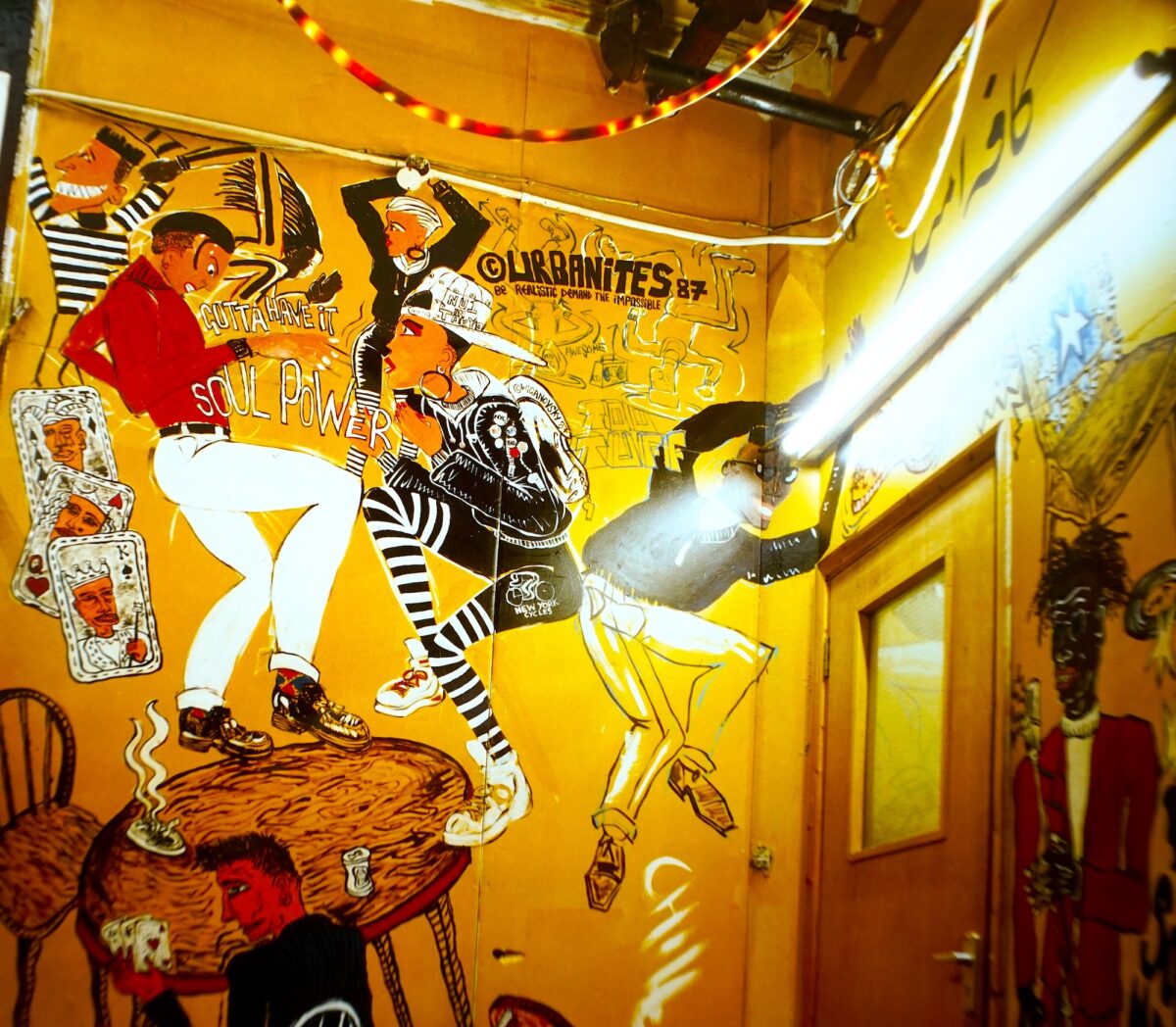
The exhibition starts with a recreation of the squat where Leigh Bowery lived with Trojan complete with Star Trek wallpaper and mirrored walls, in addition the markets where many of the designers had stalls are recreated – a secret world of make-shift stalls where sub cultures from Goth to Rockabilly mixed and were remixed and reinvented by the renegades of alternative fashion. Designers like Pam Hogg, Red or Dead, Rachel Auburn, Leigh Bowery and BodyMap all started their careers with market stalls.
Emboldened by the rebellious attitude of the earlier punk movement and influenced by the excesses of glam rock, the designers featured were predominantly young and working class. They gravitated towards London aided by the availability of squats, hard to let council flats, student grants and signing on and here embraced their freedom, creating a family of outsiders, misfits and rebels. Revolutionary and provocative in tone, they wanted to tear down the establishment and to create subversion by dressing up. Economic freedom meant the designers were not constrained by the demands of business and were able to be incredibly experimental, pushing the boundaries of creativity, gender and artistic vision.
As we go into the night, the club section features a recreation of the legendary dance floor at Taboo, styled by performance artist and club kid David Cabaret and using original Adel Roostein mannequins from his collection. The Taboo dance floor will showcase real characters from the Taboo scene and feature clothes designed and worn by Leigh Bowery alongside outfits worn by Dave Cabaret, Nicola Bowery, Trojan and Sue Tilley. Highlights include a red and green spotted coat with a giant collar made for Michael Clark by Leigh Bowery and David Cabaret’s infamous Bumps Outfit , a fusion of sci-fi and op art, it features a black and white catsuit panelled and stuffed with foam.
In 1983 New York club queen Susanne Bartsch was so enamored with the London scene and Taboo designers that she brought their work to New York, creating a sensation in her Roxy Roller Rink fashion show. The exhibition will feature 10 outfits that Suzanne brought to New York by designers Elmaz Huseyin, BodyMap, Richard Torry and Annie La Paz. Highlights include Elmaz Huseyin’s 1970s inspired bright red pleather coat with giant fake fur collar seen alongside a hand-painted swimsuit with a crepe 1970s inspired coat.
Upstairs the exhibition looks at the dissemination of Taboo’s creativity from the new style magazines like The Face and I-D to the pop stars who were scouted at clubs and went on to bring the clothes to a wider audience. The Pop Stars section will feature outfits worn by Boy George, a bra top designed by Judy Blame for Neneh Cherry, a jacket worn by Martin Fry of ABC and designed by Elmaz Huseyin and an outfit designed by Leigh Bowery and worn by Frankie goes to Hollywood.
With its focus on flamboyant dressing up, Taboo pushed the boundaries of fashion and gender and can be seen as a vibrant and influential marker in LGBT history at the time of Clause 28 and before AIDS. Many of the clothes on display are non-conforming, provocative or gender neutral – from a girl in a tailored jacket styled with a pair of men’s Y fronts to a man in skin-tight patterned leggings styled with a bomber jacket and Doctor Martens. The exhibition demonstrates an early focus on the radical mixing up of gender stereotypes.
The Remake and Remodel section will focus on the work of designers who were creating clothes out of found fabric and found objects and fusing them into something new. Squat life elicited an ingenious use and reuse of salvaged materials and resulted in an alternative aesthetic far removed from the mainstream glossy materialism of the 1980’s yuppie. Items on display include clothing and accessories by Christopher Nemeth and Judy Blame and a pair of trousers made from commemorative t-towels by Mark and Syrie. The exhibition will also feature items from the 1986 The House of Beauty and Culture that opened in East London and featured art and fashion made from recycled materials. Derek Jarman, Boy George and Cerith Wyn-Evans were just some of the shop’s customers.

Whilst some of the designers were catapulted straight from college to stardom as boutiques like Browns famously bought up the graduate collections of John Galliano and Dean Bright, many of the designers from the Taboo scene never reached wider audiences and this exhibition aims to give a voice to the protagonists whose work is yet to be discovered by the next generation. Hugely influential today the Taboo aesthetic was a progressive, gender queer, nightclub look that continues to influence contemporary style from streetwear to the work of contemporary designers such as Charles Jeffrey, Matty Bovan and Gareth Pugh.
It was a really revolutionary time. It felt like you had this naïve idea that you could change things just by wearing something.
– Boy George
OUTLAWS: FASHION RENEGADES OF 80s LONDON, 4th October 2024 – 9th March 2025
Fashion and Textile Museum
About the book: Outlaws Fashion Renegades of Leigh Bowery’s 1980s London Authors: Martin Green and NJ Stevenson Publisher: Scala Publication date: 7th November 2024 ISBN 9781785516016 Available to purchase in the Fashion and Textile Museum shop or online. The book is authored by the curators of the exhibition Outlaws: Fashion Renegades of 80s London at the Fashion and Textile Museum, Martin Green and NJ Stevenson. The book pays homage to the boundary-pushing fashion and styling that defined London’s vibrant 1980s club scene, celebrating the anarchic energy and experimental flair of Leigh Bowery and his fellow fashion renegades, who pioneered a unique and daring creative movement.
